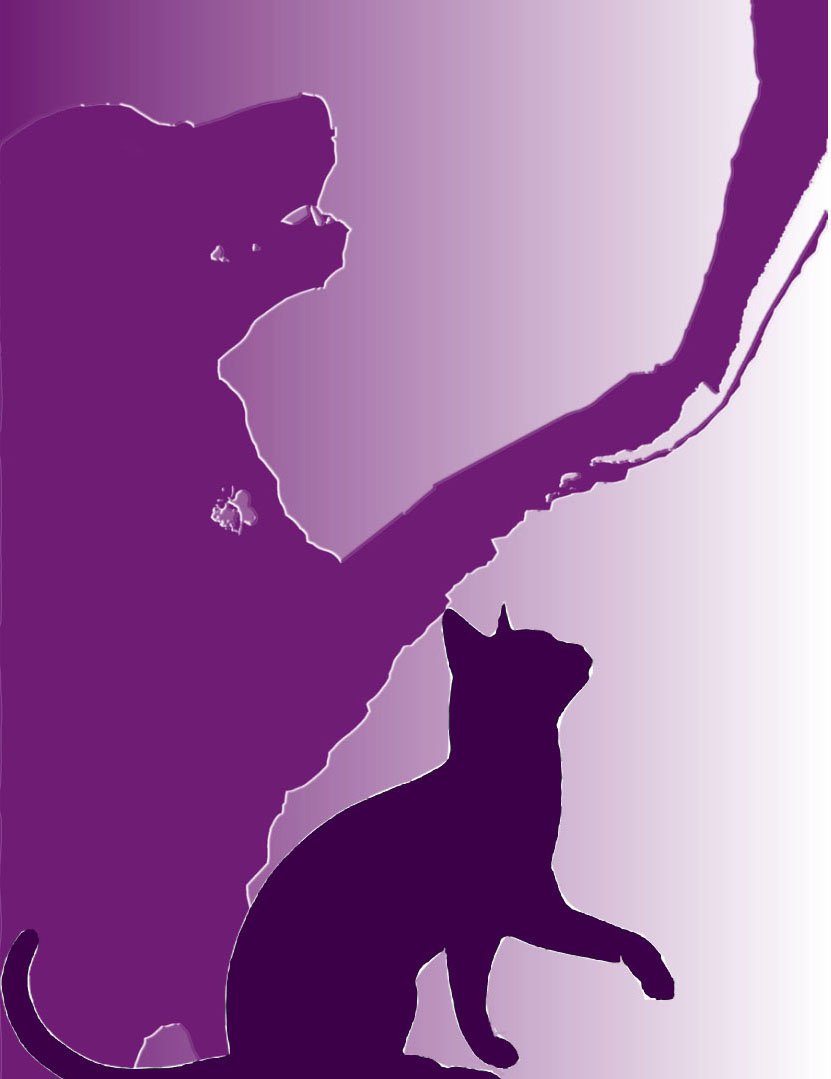Changing Problematic Behaviors in dogs
Jamie Flanders CDBC, FPPE, CFDM, CBC
Changing Problematic Behaviors
Key principles
1. Identify and remove all reinforcement for the problematic behavior: Behavior persists when it is being reinforced. Reinforcement can come from the environment such as snatching food off of a counter, it can come from a person such as paying attention to a dog who jumps on you, and it can also come internally (intrinsic reinforcement or self-rewarding behavior) such as urinating in the house. When you remove reinforcement for a behavior the behavior goes into extinction and gradually over time will reduce. (There are rarely 100 percents in behavior, over a dog’s life-time any number of variables could elicit the problematic behavior again.)
2. Teach the dog what to do instead of the problematic behavior: Many problematic behaviors such as jumping up, barking, scavenging, or indiscriminate toileting are normal default dog behavior. Without having been taught an alternate behavior to choose, the problematic behavior may reemerge even if the reinforcement for that behavior has been removed. If you do not want your dog to run to the door and jump on your guests for example, what do you want him to do instead? A popular option is teaching the dog to stay on a mat while the guest comes in and then target the guest’s hand and return to the owner.
3. Rehearse the alternate behavior in controlled real-life scenarios: Using the jumping on guests example, after you have taught your dog how to stay on a mat and how to target a hand and you’ve practiced with the family in mock scenarios, you will now need to invite people over explicitly to practice the new skills you’ve been working on.
4. Use management to prevent the dog from having the opportunity to engage in the problematic behavior during and between training sessions: If a dog is given the opportunity to engage in the problematic behavior even though he’s being trained to choose a new skill, success of the training will be minimal. Examples of using management are; leashing the dog before guests enter so she can’t jump up, using baby gates or tethers so he can’t scavenge off the counter when not being supervised, and covering windows or keeping the dog out of the room if he’s barking out the windows.
5. Use the reinforcement that was fueling the problematic behavior to reinforce the new skill instead: Many new skills are first taught with food, food is a primary reinforcer, it motivates dogs very well, and it gives you the opportunity to get many repetitions (repetition builds habit). However, when your dog is ready to rehearse their new skill in the real-life scenario, the reinforcement for the new skill needs to meet the same need that the problematic behavior offered them. For example, if a friendly dog wants attention from a guest and previously jumping up on guests helped them meet that need for interaction, replacing the attention from the guest with a food reinforcer may not work out. The food can act to support the dog initially but the best reinforcement for their new skill in this real life-scenario is going to be attention from the guests.
